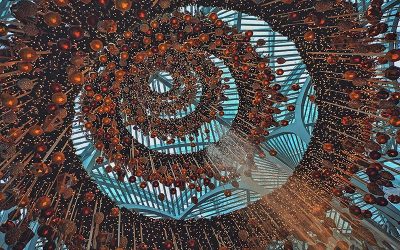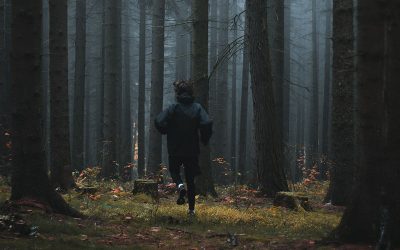Last week I asked you to identify a creative work within your medium that you can really idolize. Think about it as entering into a love affair! If you are an emerging architect, then search out a building that you particularly admire. If you are a novelist, then find a book that really resonates with you. The work that you select should bring you to your knees; the attention that you shower upon this work cannot be dispassionate.
This week I want to dive deeper into the process. Finding a work that literally shakes you to your core is more important than just simply having something to aspire to. This work is the path through which your mind will conceive and execute your personal creative endeavor this year.
You can probably already think of half a dozen works of art that drew you toward your given medium. They urged you on. There was that ballet that mesmerized you, or a sculpture that took your breath away. These were the first works that really got your blood going. Don’t get too intellectual about this choice. You really need to love it, in a visceral way.
We are going to start a dialogue with the artist who created this personal choice, and we are going to use the work itself as one side of that conversation. This week, take some time to consider how you can best find a way to engage with that work of art. At this stage, we are cultivating a sense of modeling. We want to learn from this work of art. We need to glean as much information about the process through which it was created. You will get to our own work later – there will be ample opportunity to find your own voice, as it responds to this model.
I want to use an example from still photography to illustrate this point. In every photograph, there is a complete representation of how the photograph was composed, hidden within the image itself. It is the ever-present ghost in the machine. And the more accomplished photographers were always confident about their process. Richard Avedon and Irving Penn boldly revealed their secrets in every one of their images. They didn’t try to hide their process. They wanted to show others how they went about developing their images. Find a photograph in a book or a magazine right now. Search out any reflective image in the scene. Glass or metal work well if the photo features objects. If it is a portrait, look into the eye of the subject. You might need to use a magnifying glass or a photographer’s loupe to see this clearly. Right there within the reflection, you will find the entire lighting set-up – the screens and scrims and white boards and black drapes used to create shadows and highlights within the image. These tools allow the photographer to literally sculpt with light, to create the contours of the scene. And the process is on display, openly and honestly.
All works of art reveal their own secrets. We just must begin to look at them differently. If we are to understand them, then those works must be scrutinized. Develop an easy exercise for exploring how to get into the inner workings of your selected work of art. If you are entering into dialogue with a novel, for example, then take a half an hour one day this week and either handwrite or type out the opening chapter of this book. This exercise may seem a little foolish. Or a little trite. But persevere – it will be amazing to discover the artistic secrets that emerge during this exercise. A deeper understanding of the work will emerge. You are no longer a mere reader of the book — you are putting yourself in the place of the writer themselves. This exercise holds true for other mediums as well. Focus on color choice within a painting and try to mimic those hues. Sketch out the plan for the garden that you have come to admire. Get as familiar as you can with this artistic model. I don’t have all the answers for how to enter into a work of art. It will take some imagination and effort on your part. But make this exploration as fundamental as possible right now. Make it simple. Uncover your own ghost in the machine.




